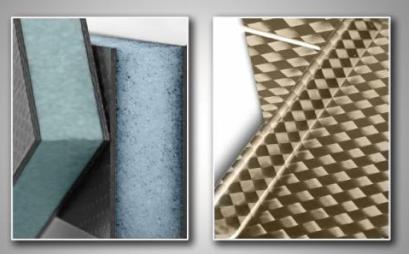BASF has set up a lightweight composites team to develop innovative materials and technologies that are ideal for manufacturing high-performance automotive parts. This initiative signifies the company’s commitment to the increasing need for lightweight designs in the automotive sector.
The use of tough and lightweight composite materials and fiber-reinforced parts can significantly minimize metal usage. It also contributes to further reduction in CO2 emissions and energy consumption.
 Lightweight Design with plastic
Lightweight Design with plastic
BASF expects to develop custom-made formulations by working closely with clients and it is able to explore three new plastic matrix systems by using its wide product portfolio.
Resin Transfer Molding (RTM) is used to create new composite materials. This technology can be utilized to produce huge composite parts in a single press-form process. BASF specialists are working in a new RTM lab in Ludwigshafen and Lemförde-based polyurethane research facility to solve the technical and chemical issues caused by the new plastic matrix solutions. The key challenges of the three matrix systems are good flow characteristics, mechanical performance of refined fiber-reinforced composite components and faster curing of resin parts.
The company is already offering products based on epoxy and polyurethane systems under the Baxxodur and Elastolit R brands. These two solutions use advanced curing techniques and they get cured within a few minutes. They have low initial viscosity. Thus, the systems help to overcome one of the limitations that had earlier restricted the use of high-performance composite material in automotive manufacturing. BASF is working to speed up the curing of the three materials systems and to shorten the cycle time.
The plastic matrix solutions will provide weight reduction of approximately 50% than conventional metal components. Only with the development of such multimaterial systems, further advancement in lightweight automotive applications will be possible. BASF has also announced that it is expanding the features of a universal computer simulation tool, ULTRASIM. The main aim of the upgradation is to foresee the behaviour of complex fiber-reinforced composites.